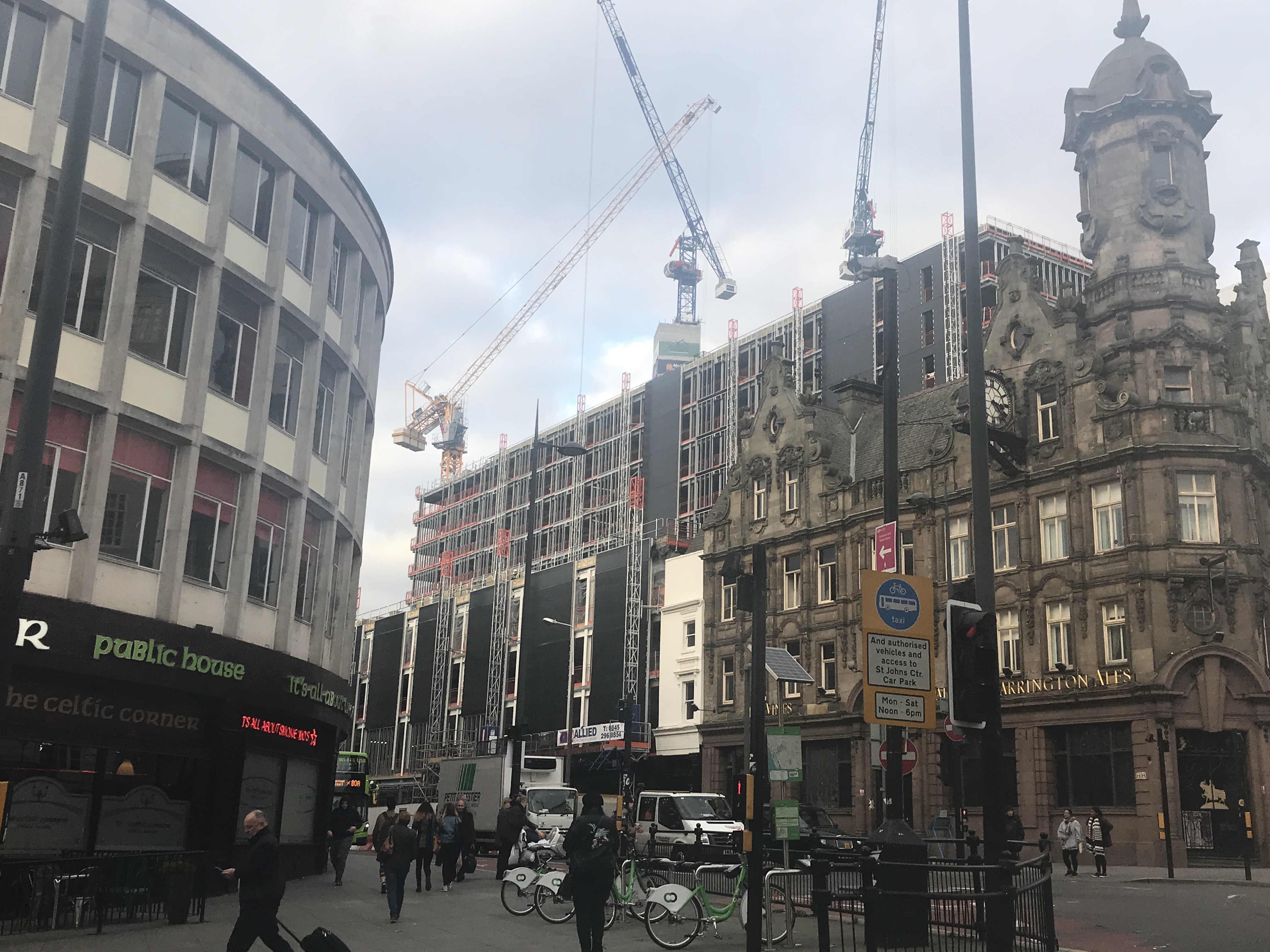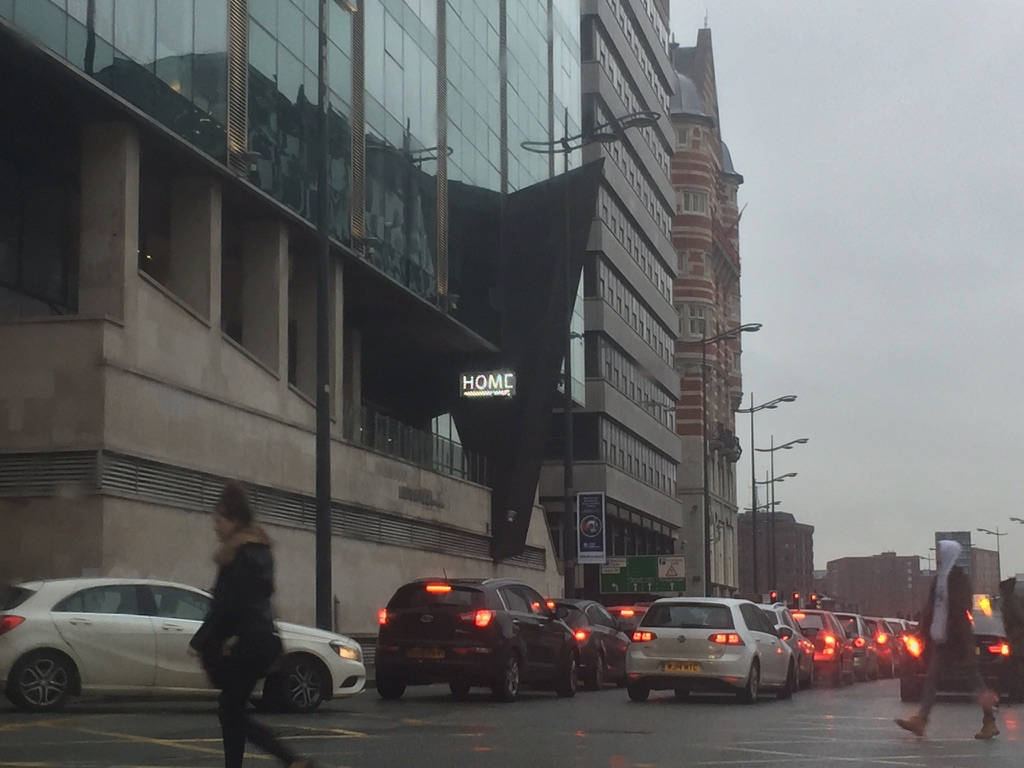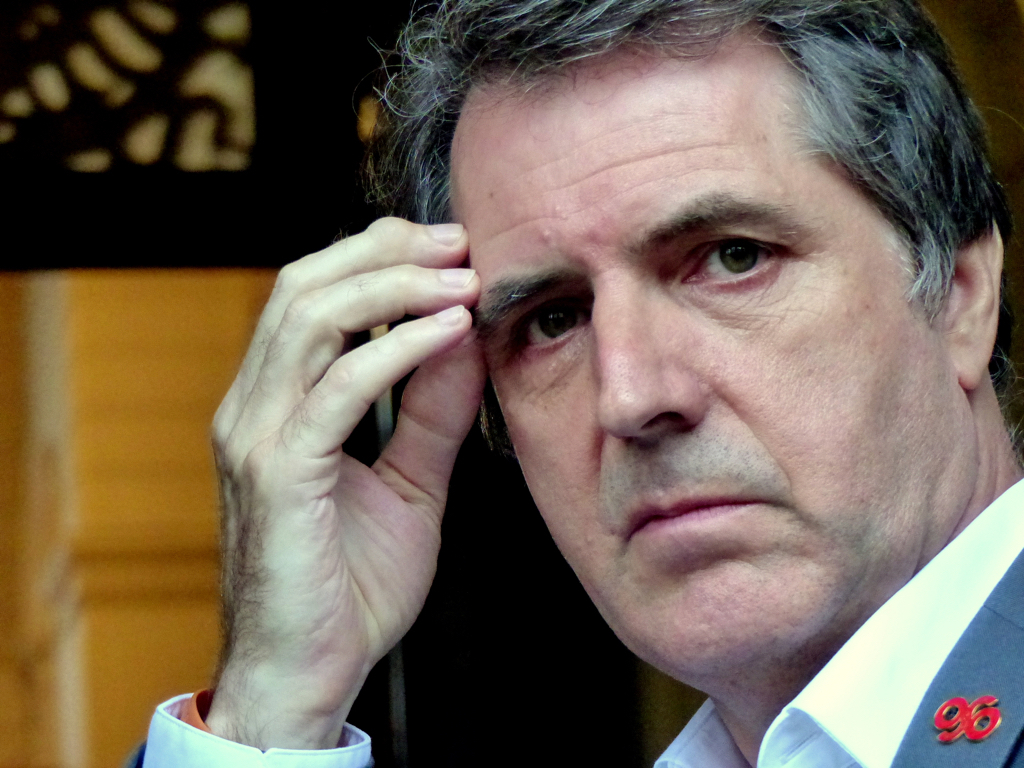New Chinatown, new student flats and a string of mayors. By Larry Neild
The year draws to a close in Liverpool after an eventful 2017 which saw a string of major developments, including the much trumpeted New Chinatown, grind to a standstill.
What should have been a showpiece project, boosting links between Liverpool and the Far East, will enter 2018 as a derelict, lifeless building site.
Behind the scenes the sabre rattling continues over what went wrong, particularly among investors from Hong Kong and mainland China who claim they have poured hundreds of millions of pounds into New Chinatown and other schemes around the city centre.
Angry correspondence between faraway investors and city officials have fluttered like confetti for months, many of them containing unsuppressed anger, if not rage. How the episode is resolved will be one of the big questions in 2018.
More: Big trouble brewing in New Chinatown
Mayor urged to sort out £200m Chinatown fiasco
Council starts legal ball rolling in £200m Chinatown debacle
* UNESCO AND OTHER PLANS *
Keeping Liverpool in the international spotlight, the World Heritage Committee of UNESCO met in the summer, with fears expressed that the city could be stripped of its World Heritage Status.
Mayor Anderson responded by creating a “rescue” mission, headed by Alder Hey chief and former city council chief executive Sir David Henshaw.

Whether the committee will be impressed by the efforts Liverpool has made to protect and preserve the WHS will be determined in July.
With controversial high-rise projects planned for the waterfront and a planned new stadium for Everton FC at Bramley Moor dock, there is a risk the no-nonsense, straight talking committee meeting will cry foul.
Most of Lime Street, including the frontage of what was once one of Liverpool’s finest cinemas, the Futurist, has long bitten the dust. In its place rising from the rubble, more like an monster than a phoenix, is a development that includes yet more student flats.
With thousands of student billets being created around the city centre, the yearly summer exodus, is bound to impact on the city centre, especially the bars and clubs.
More: Liverpool could lose World Heritage Status as soon as next year
Mayor Joe appoints Henshaw in World Heritage 'U-turn'

* BARMY ROAD SCHEME *
Work is likely to start on one yet another barmy road schemes, the narrowing of Lime Street to enable St George’s Plateau to be used as an even bigger public gathering space. Worst still , The Strand is to be reduced to two lanes in each direction, but luckily the trees they plant in the lost lanes will eventually be able to soak up the extra pollution caused by the expected gridlock. Traffic consultants, as you would expect, insist it will all work out fine. Taxi drivers and, in fact anyone else who actually use the routes, think differently.
More: Motorists bring snacks - it's the Return of The Big Dig
* COC 10 YEARS ON *
Still, proving that Liverpool does not intend to rest on its artistic laurels, a year long jamboree is planned to celebrate the 10th anniversary of the year, in 2008, when Liverpool was European Capital of Culture. Records show Liverpool’s glorious ’08, was one of the most successful ever culture years. Try telling that though to areas of Liverpool which in 2008 had some of the worst social deprivation indices in Britain, if not Europe. Little has changed and those same areas will enter 2018 still way behind the rest of the country.
Still we have the Terracotta Army from China marching into Liverpool for a showstopper in what will be a feast of events to celebrate a past glory.
More: Terracotta Army set to lure sell-out crowds to Liverpool
Liverpool marks a decade since 08 with year of events

* A MAYOR TO SPARE *
History was made in May when the Liverpool City Region elected its first ever metro mayor, Steve Rotheram.
The one time brickie, city councillor, culture year Lord Mayor and former MP for Liverpool Walton scored around 60 percent of the vote to win the race.
Liverpool, the city famed for having a cathedral to spare, now has two spare mayors if you count the Lord Mayor of Liverpool as well as Liverpool Mayor Joe Anderson who has his own gang of deputy and assistant mayors.
Maybe the collective noun for such a gathering should be known as a chain of mayors, but it’s hard to say whether so many figureheads will help or hinder Liverpool. As was the case with a directly elected city mayor, the imposition of a metro mayor was made without any of the electors being asked if they wanted one…. or two.
There had been calls for a referendum but, “wisely”, the powers that be probably realised the great unwashed would have given the thumbs down to powerful political “Mister Bigs” - or not bothered voting at all. Rotheram captured over 171,000 of the 286,339 votes cast, which seems a credible mandate. Except that just 26 percent of the city region electorate turned out to the ballot box (which means that 74 percent didn’t).
Unlike London where there is an elected assembly to scrutinise and monitor their mayor, no such system exists to enable the public to keep a watchful eye on the directly elected mayors in the provinces, including Liverpool.
In May, 2018, the elections will give people in Liverpool a chance to give their verdict on the city’s Anderson-led Labour rulers. Don’t hold your breath for any dramatic change. Even if Labour loses every contested seat (which it won’t), the status quo will continue at Liverpool Town Hall. The four-strong Lib Dem group might expect their ranks to double, but the proverbial Red Flag will continue to flutter over the Cunard Building for some years to come.













